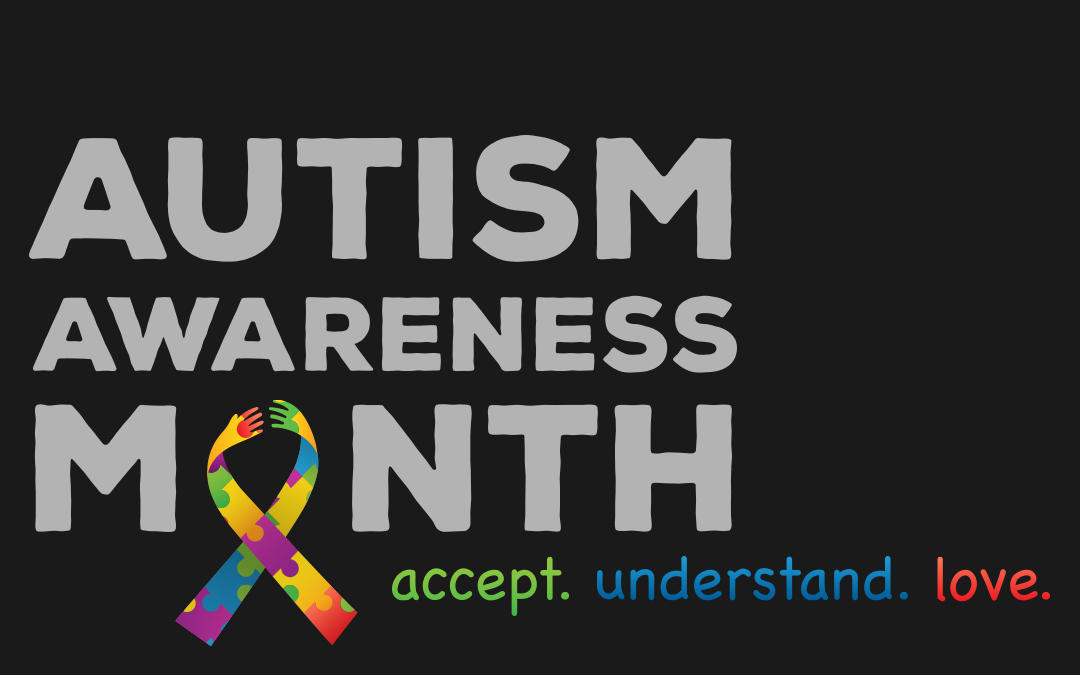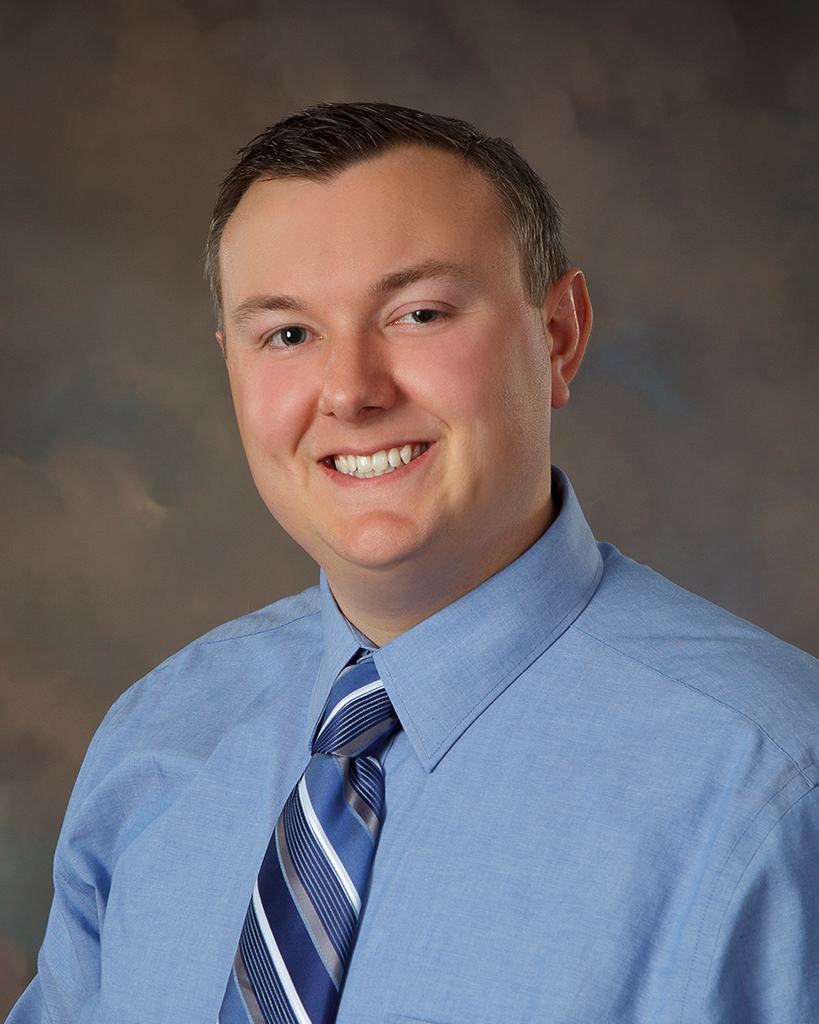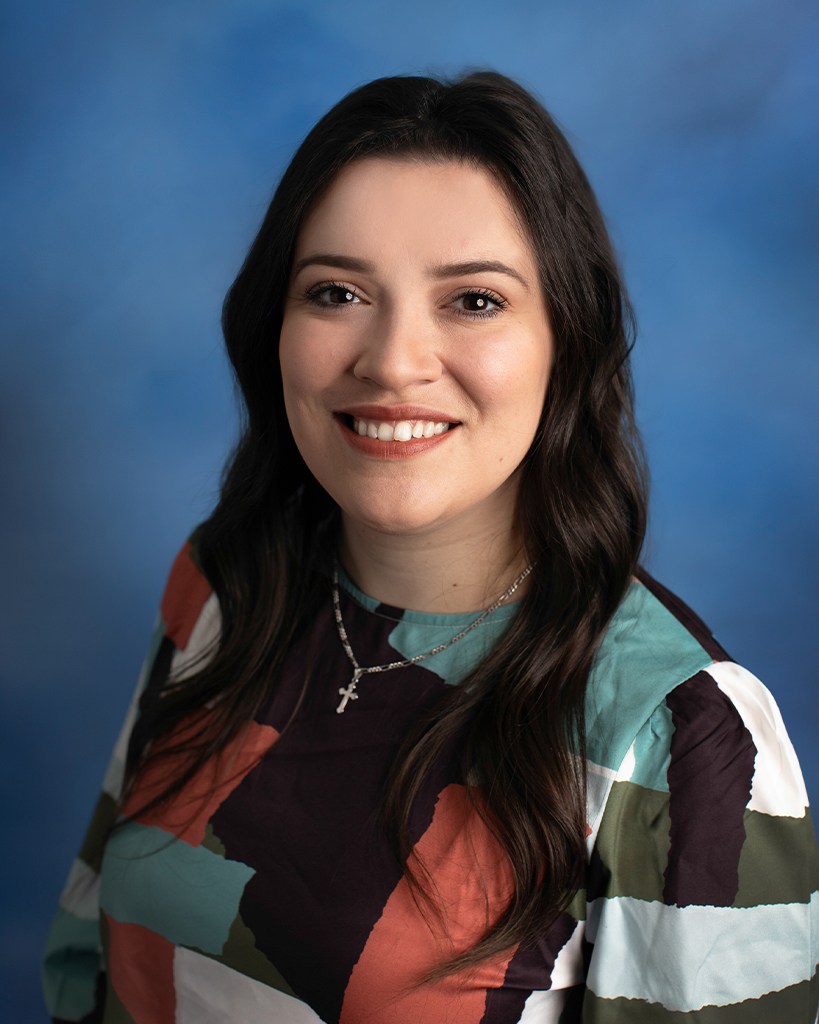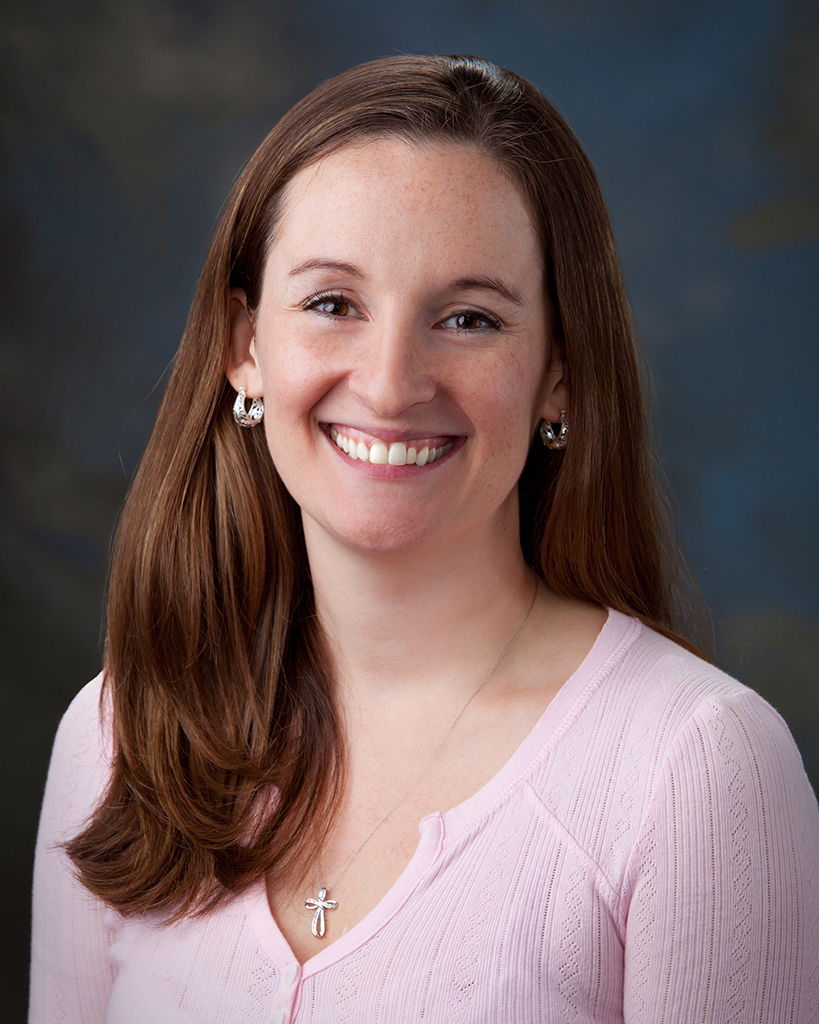by Dustin W. Bogan, PA-C
In honor of Autism Awareness Month, I am dedicating my blog post for this month to the condition and some of the more commonly asked questions I receive.
Autism recently achieved an incredible milestone when Sesame Street announced the first featured character on their show with Autism. Her name is Julia and the show hopes that she will help people find the beauty and uniqueness of each individual. Despite this achievement and continued research, there are still so many unanswered questions.
Autism is a neurodevelopmental condition that affects an individual’s social skills, emotional development, and ability to communicate. It currently affects 1 in 59 children in the United States. It is usually diagnosed between the ages of 3 and 5, however some symptoms can present as early as 3 months of age.
For most children, they will begin to smile and interact with their parents at 3 months, and then go on to share their toys with their parents and other babies. They later associate their name with their identity closer to the 9-month mark. After their first birthday, children begin to babble and understand speech from their parents.
Children with autism spectrum disorder may smile, but they do not need social interaction to do so. They often prefer playing alone and have difficulty with communication. In addition to a perceived lack of interest in social interaction, children with autism may make abnormal repetitive movements, make atypical sounds, and have impaired attention and concentration.
It is important to remember that despite of their difficulties, those with autism also have many gifts. They are creative, have excellent attention to detail, and excel with auditory and visual tasks. They may enjoy building things or drawing. They also have the unique ability to be non-judgmental and do not hold grudges.
Early identification of those on the autism spectrum is very important and allows for improved outcomes for children and their families. Initiating treatment prior to the age of 3 has been shown to be very effective. Treatment almost always involves a combination of behavioral, physical, occupational, and speech therapy. Medications are occasionally recommended for specific symptoms.
The American Academy of Pediatrics recommends screening for autism spectrum disorder and PAHP performs these screenings at 18 months and 2 ½ years old. This is important, because the earlier that autism is identified, the sooner that treatment can begin. Community resources can also be a crucial part of the management of autism.
For more information:













 Andrea Gordon, M.D., FAAP
Andrea Gordon, M.D., FAAP














Recent Comments